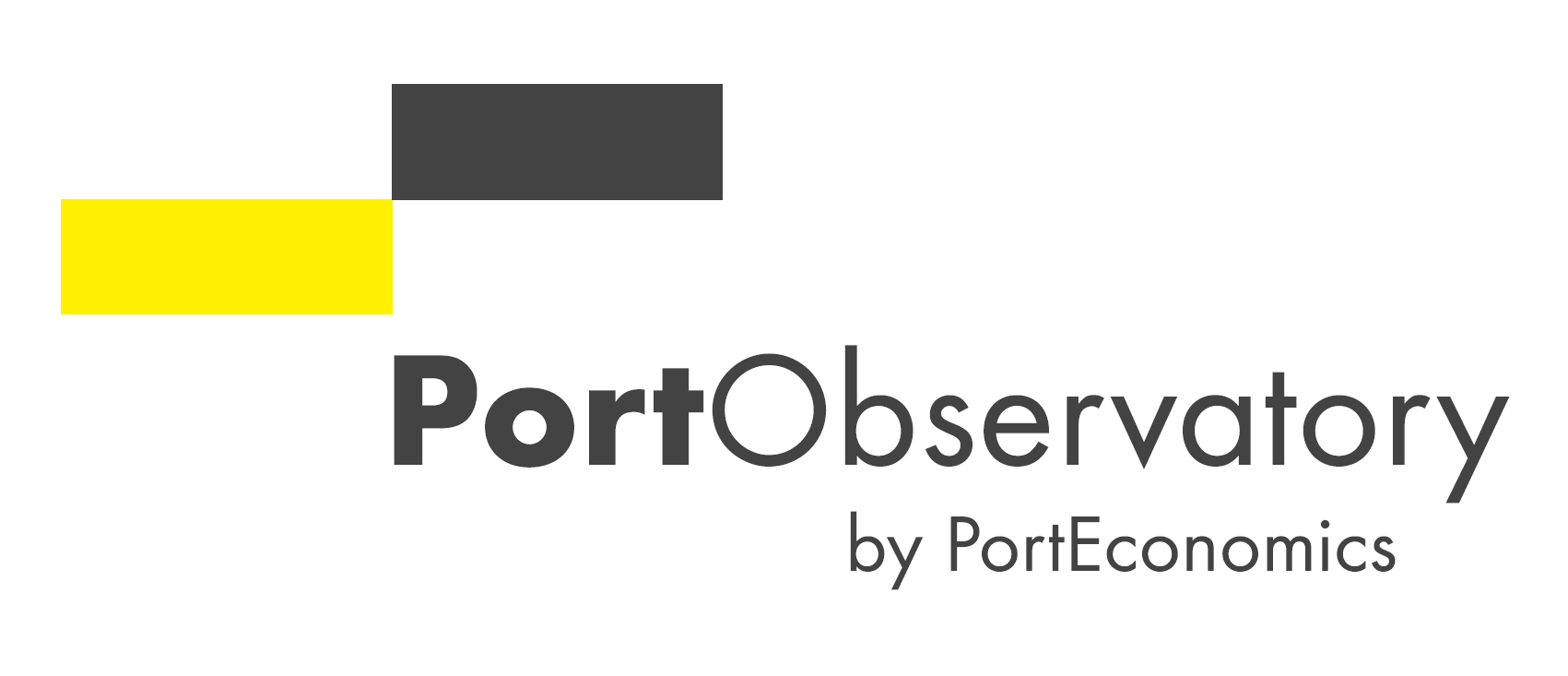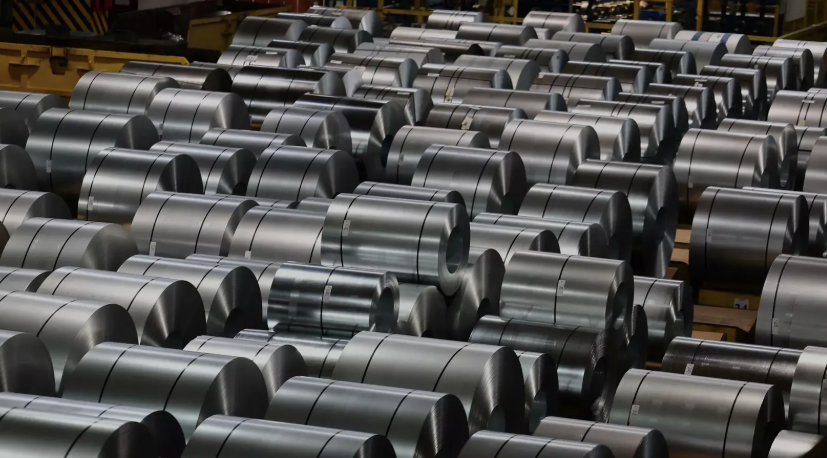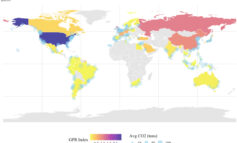PortEconomics member Jason Monios along with Veronica Schulz, Michael G.H. Bell, John M. Rose, D. Glenn Geers (The University of Sydney Business School, Australia) examined the potential for establishing a circular economy precinct centred around green steel production at the Port of Newcastle, Australia, as a strategy to diversify the port and hinterland away from its reliance on coal exports.
Using system dynamics modelling and sensitivity analysis, the study assesses the economic viability of green steel production under various market conditions, including fluctuations in green steel pricing, carbon credit values, and production costs. The findings of their portstudy reveal that while green steel production offers promising profitability, its economic success is highly sensitive to production costs, supply of material inputs, changes in carbon credit prices and market dynamics.
The authors found that the precinct would be feasible under high steel prices and premiums, achieving monthly profits of up to $8.25 million by 2025 and $15.5 million by 2050, but it remains sensitive to low steel prices and high Australian Carbon Credit Unit (ACCU) costs, requiring up to $140 per ACCU to break even in low-price scenarios. The portstudy highlights the importance of supportive policy measures, such as increased ACCU allocation, renewable energy infrastructure development, and market incentives like green steel certification and government procurement mandates, to enhance the viability of this diversification strategy.
The portstudy has been published in the Journal of Transport Geography (Volume 130, January 2026, 104478) and can be read via journal’s webpage.












